Location
Location
Reverie is nestled in the heart of nature, offering an unparalleled retreat away from the hustle and bustle of city life.
Because of this privileged location, reaching us can be a bit of an adventure—but one that is absolutely worth it!
How To Get There
By Car
If you’re driving, enter “Reverie hotel Filandia” in Google Maps or Waze.
We recommend a vehicle with good clearance, as the rural road can be uneven and muddy in the rainy season.
Secure parking is available on-site.
By Plane
The nearest airports are:
Matecaña International Airport (PEI) – Pereira (1h15 min drive)
El Edén International Airport (AXM) – Armenia (1h20 min drive)
From either airport, you can take a taxi, rent a car, or arrange a private transfer with us.
Prefer not to drive the rural roads? We offer the option to park your car securely in Filandia for a small fee. We’ll pick you up at arrival and drop you off at the end of your stay—just let us know in advance!
Our Reverie in Bambuco Bajo
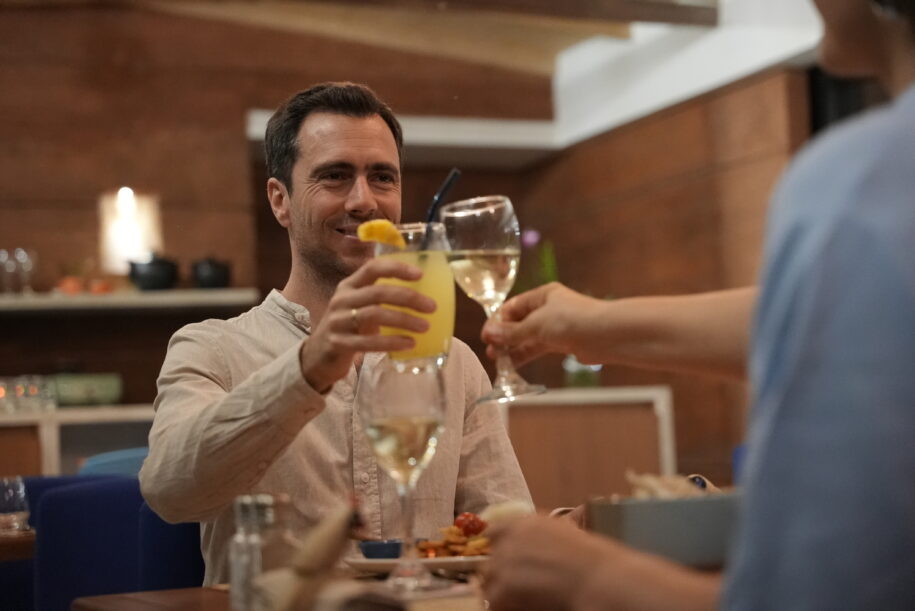
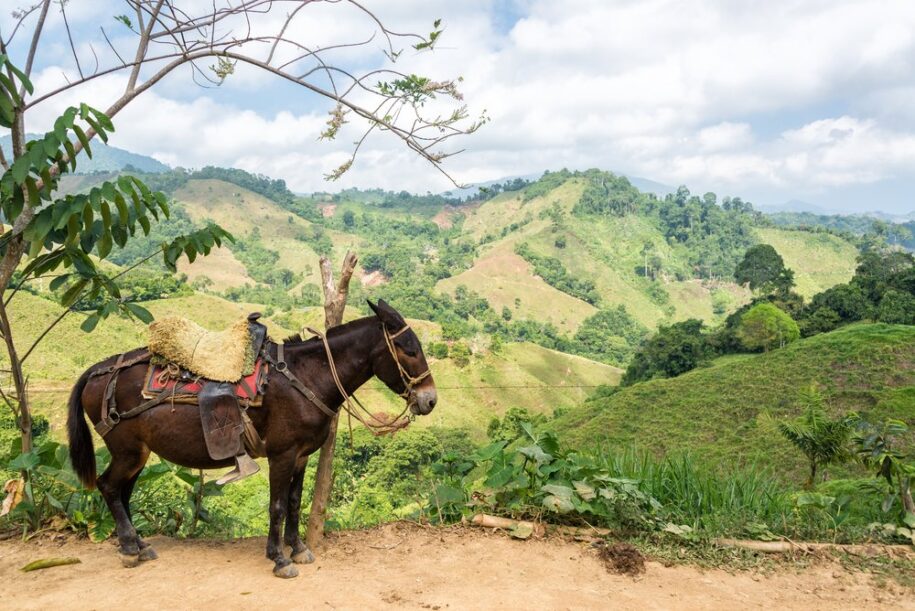
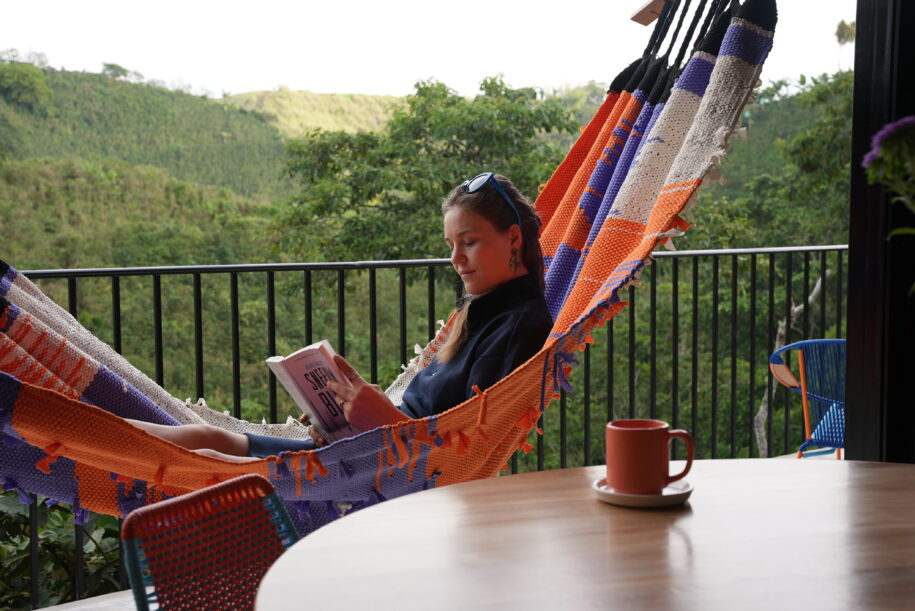
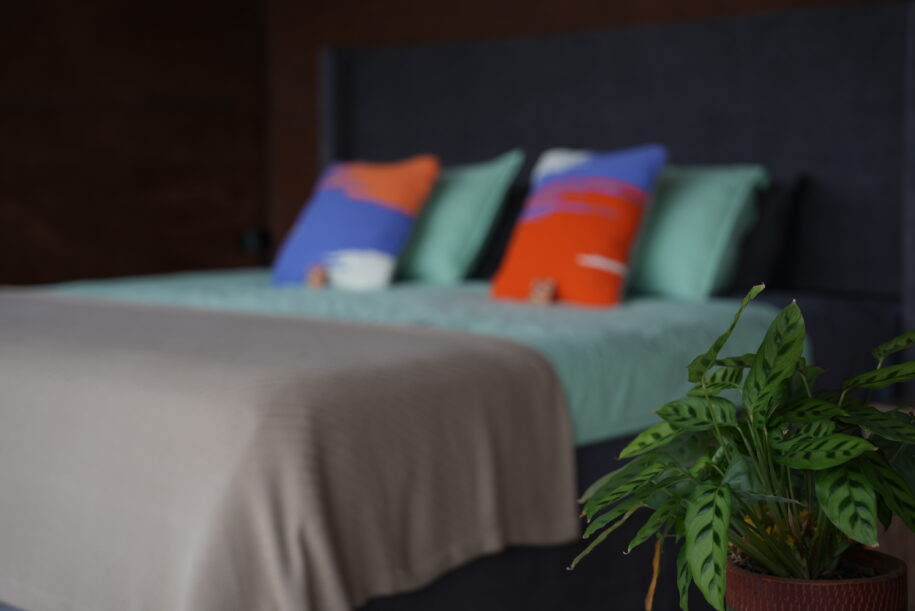
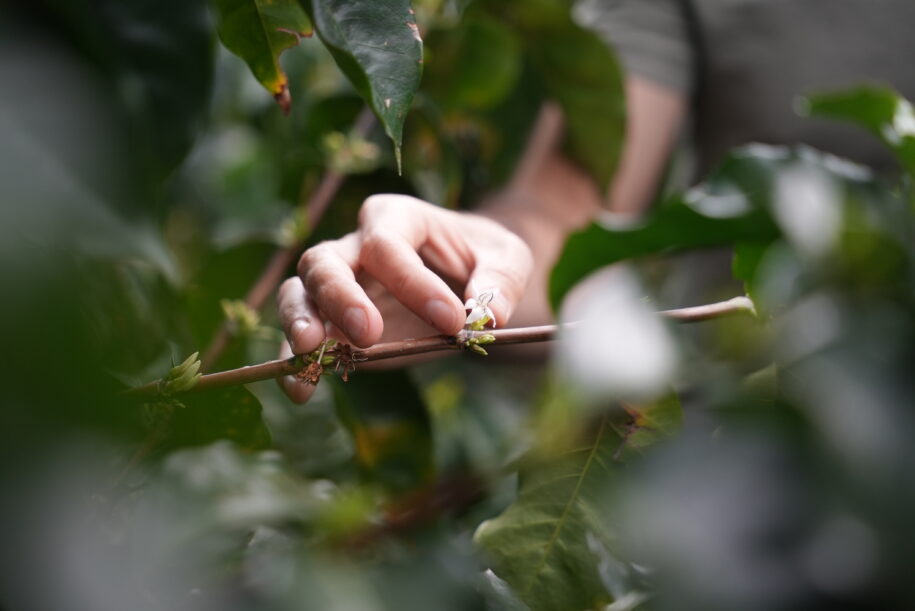
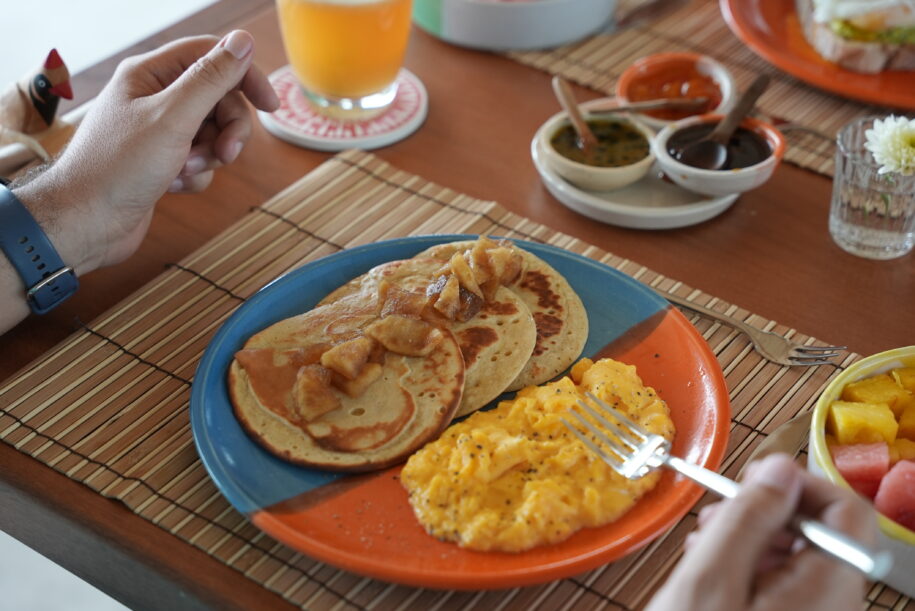
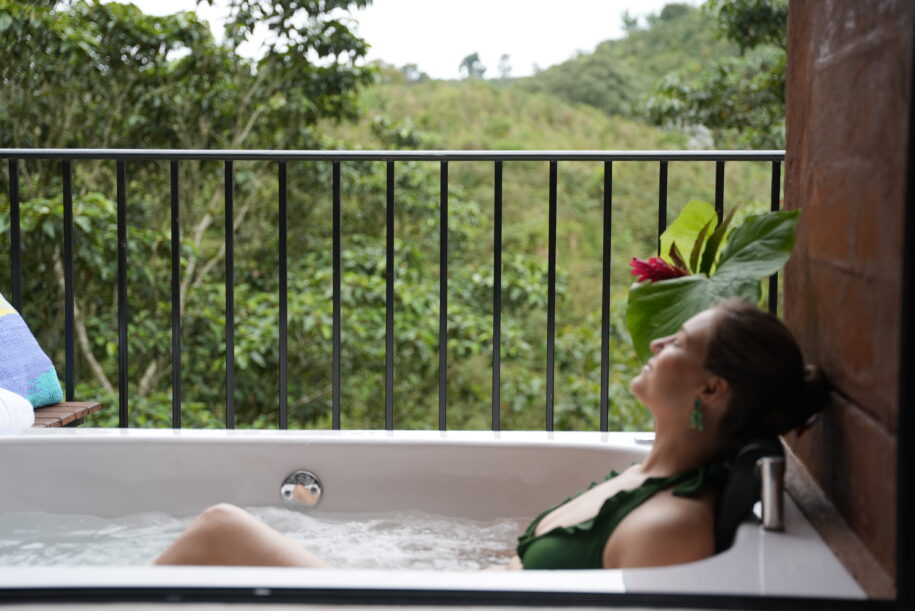
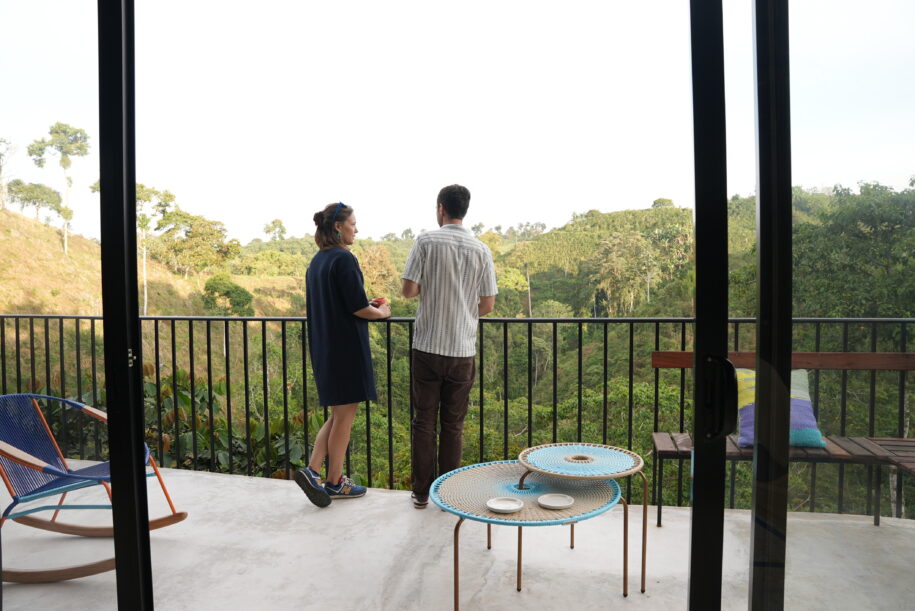
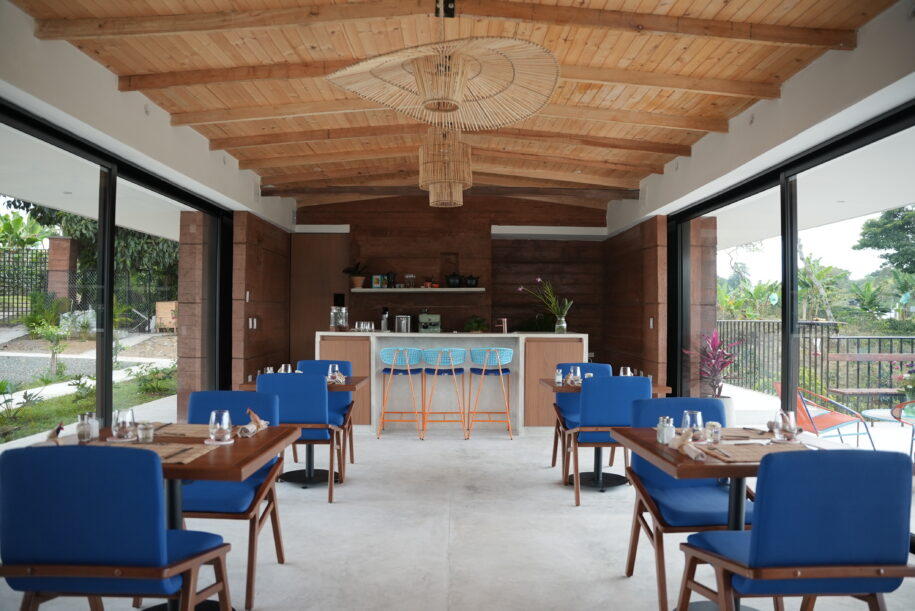
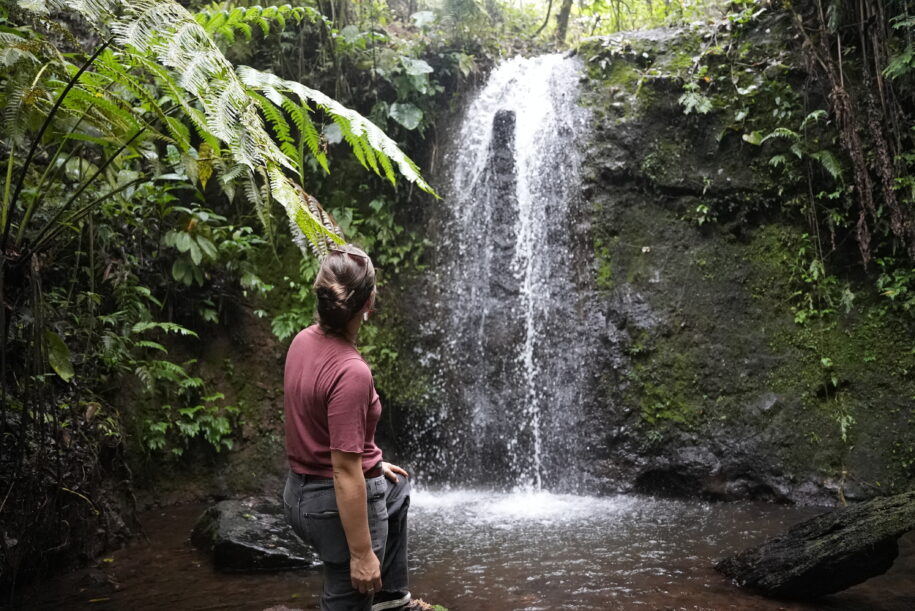
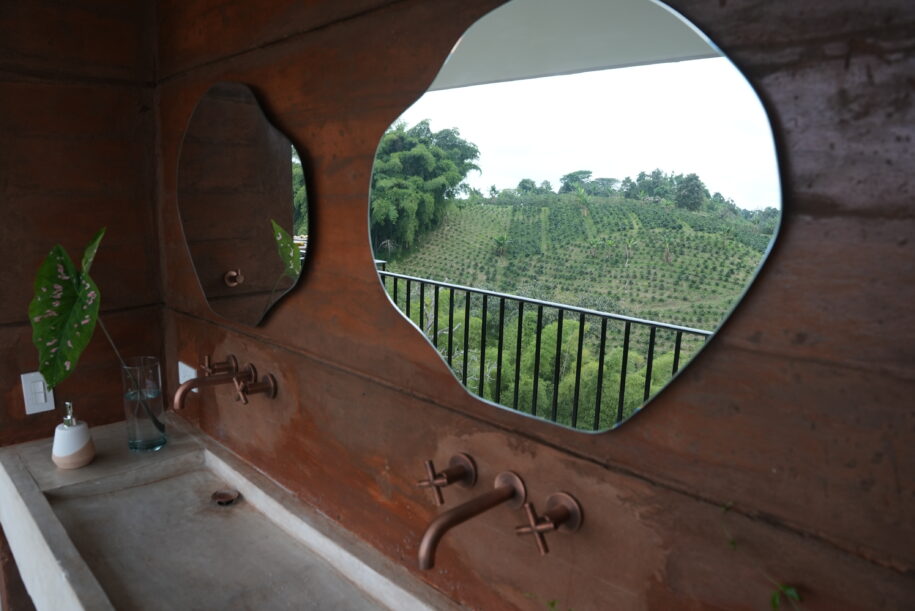
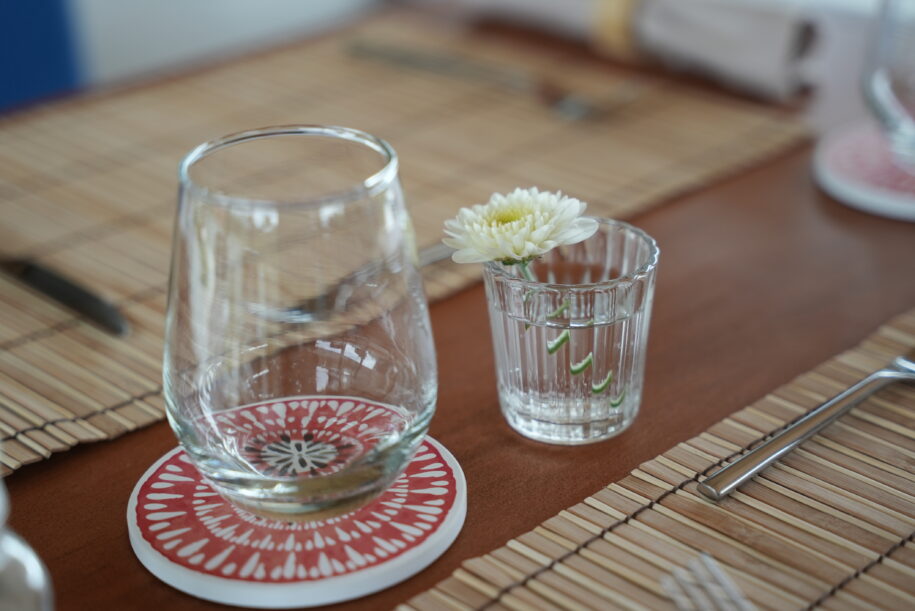
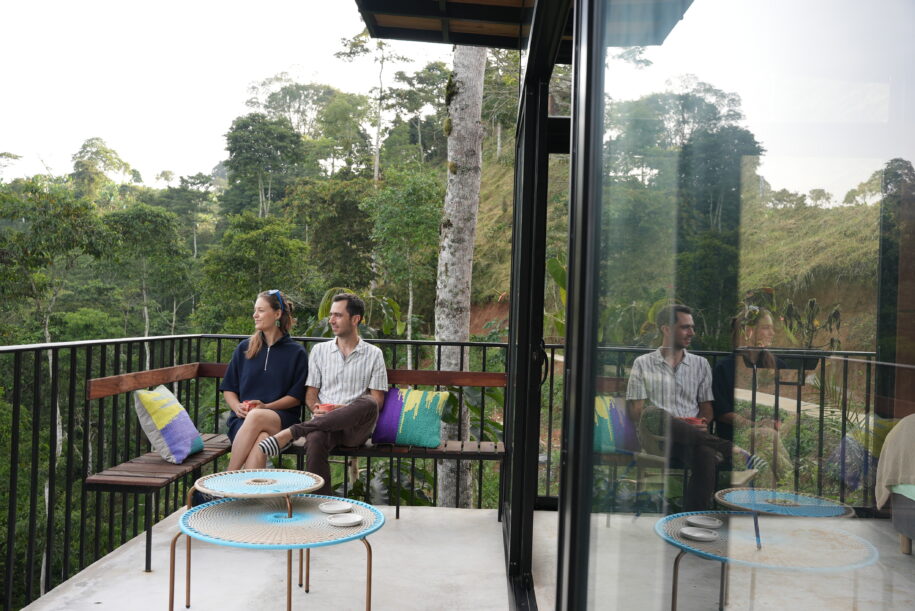
Where
Bambuco Bajo is a locality that officially belongs to the village of Filandia, but it is located in the rural part.
A slightly downhill road leaving Filandia from the south brings you there. The first 3 kilometers of the road are over a comfortable paved part that meanders through the landscapes.
The last 5 kilometers, you dive really into nature over a gravel road, and you can let your eyes feast on the many plantations, forest, and little farms on the way.
Distance
Bambuco Bajo is a wonderful place as you will find yourself in the middle of nature, get the feeling of somewhat being remote while surrounded by tropical forest and being treated to spectacular views over the mountains.
The advantage is that it takes only about 25 minutes to get to Filandia by car. It is even walkable for the more adventurous ones among us.
Temperature
As Bambuco Bajo is located 200 meters lower than Filandia, at an altitude of 1700 m.a.s.l., the temperature is less temperate, and actually pleasant all year round.
Thanks to this delightful temperature of 20-24 °C, the vegetation is lush and tropical flora and fauna grows abundantly. This also makes it a paradise for colorful birds and creates opportunities for birdwatchers to come spot birds in one of Colombia’s most relaxing and tranquil places.
About Filandia
Filandia, a charming village in Quindío with just 6,000 residents, is often called Colombia’s best-kept secret.
Nestled at 1,923 m.a.s.l., it’s surrounded by lush vegetation, coffee farms, and waterfalls. It is a haven for spectacular viewpoints.
The town’s colonial facades, relaxed vibe, cozy coffee shops, and surprisingly good restaurants add to its charm.
Life here remains much as it was centuries ago, despite a growing selection of hip restaurants, cafés, and activities.
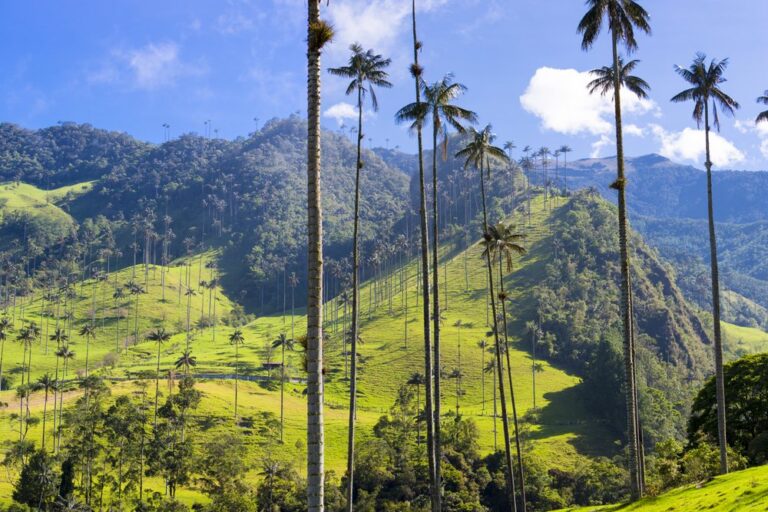
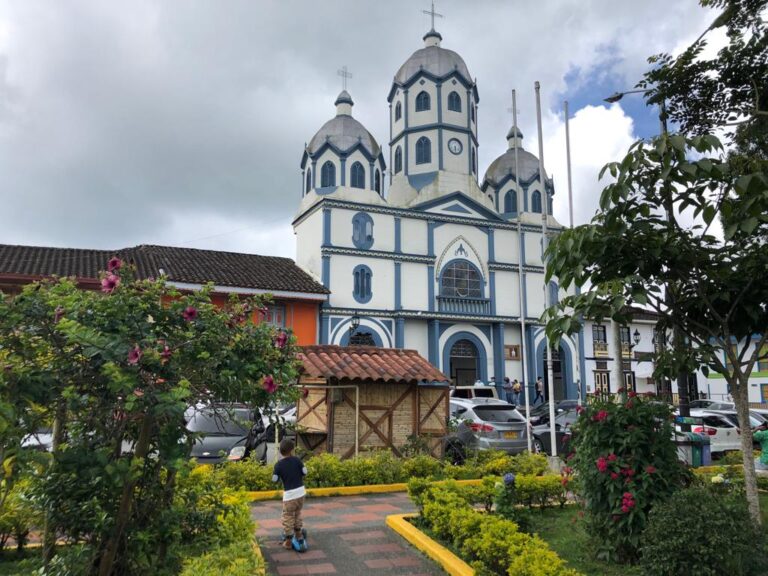
Just 2 km away, the Barbas-Bremen Nature Reserve offers scenic hikes and the chance to spot howler monkeys in their natural habitat.
Compared to Salento, Filandia also has a rich culture, food, coffee, and natural environment. However, Filandia stands out because it still has a sense of being relatively unexplored by other international travelers.
Visitors who desire to leave the commotion behind and return to the quiet existence of the little coffee towns prefer Filandia over Salento
